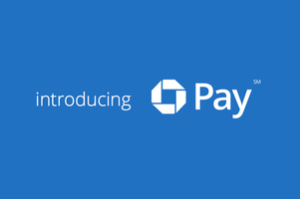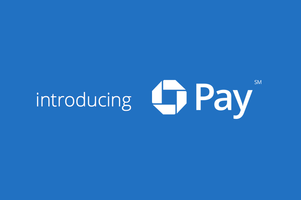JP Morgan unveiled its own salvo today in the mobile payment wars, Chase Pay.
 JP Morgan Chase has two main strengths to back up its attempt to enter this increasingly crowded field. First, JP Morgan Chase already has the payment data for all of its own customers, and pre-existing customers will be able to. The reduced friction of not having to sign up for a new account and enter all that sensitive data may reduce friction enough to edge JP Morgan Chase ahead in adoption rates for its payment system.
JP Morgan Chase has two main strengths to back up its attempt to enter this increasingly crowded field. First, JP Morgan Chase already has the payment data for all of its own customers, and pre-existing customers will be able to. The reduced friction of not having to sign up for a new account and enter all that sensitive data may reduce friction enough to edge JP Morgan Chase ahead in adoption rates for its payment system.
JP Morgan Chase’s other ace in the hole is a partnership with the Merchant Customer Exchange, MCX. With member companies featuring huge retailers such as Wal-Mart, Target, and Best Buy, MCX offers Chase another chance to acquire users for its system.

JP Morgan Chase has integrated Chase Pay with MCX’s mobile wallet CurrentC, which has the distinction of being the wallet app that sees the least actual use. While CurrentC’s main play until now had been to reduce or eliminate credit card fees by refusing to integrate credit card payments, Chase Pay does allow credit card use. Chase sweetened the deal for MCX member companies by offering reduced credit card processing fees, although just how reduced is still a matter of speculation.
Apple has half the US using its phones; Chase has half the US using its banks. Chase Pay’s main advantage seems to be that its QR codes won’t require merchants to install new hardware to use it. The partnership with MCX gets Chase Pay into a bunch of stores right away and gives CurrentC one last chance to stay relevant.
Chase expects to have the Chase Pay system up and running by mid-2016.
